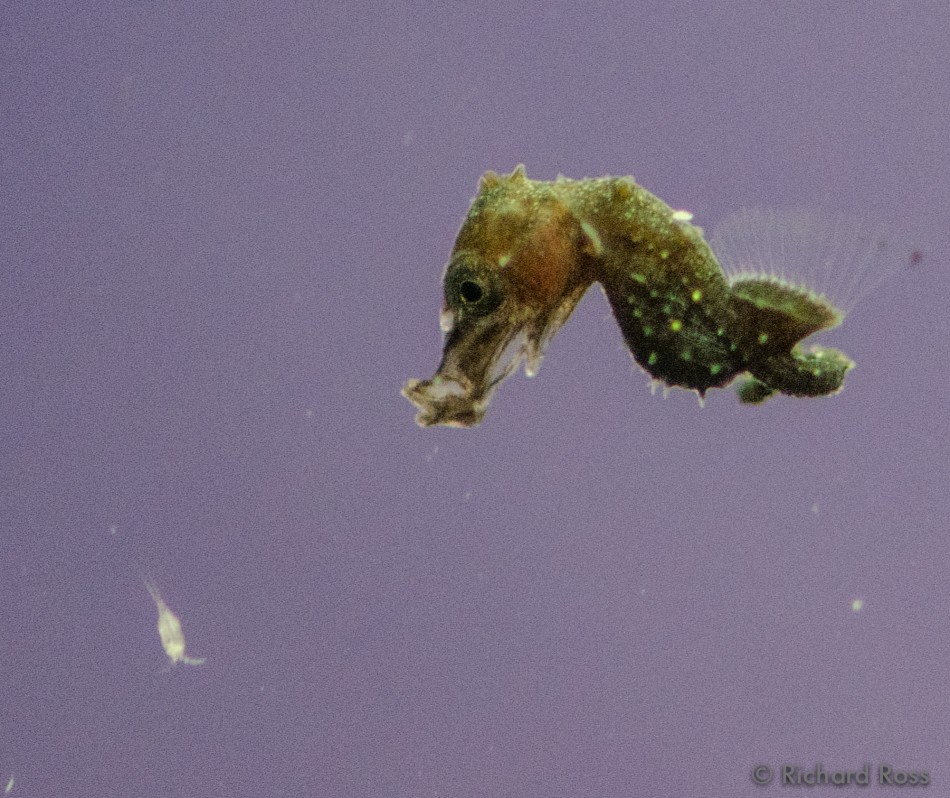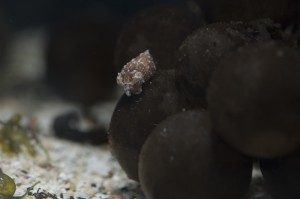CITES and Seahorses – Why What Happened at Steinhart, (Kinda) Stays at Steinhart
From reef2rainforest.com
by Matt Pedersen
Adult Pygmy Seahorse, Hippocampus bargibati, on pink coral, Muricella – it was unknown if they would venture onto the pink coral. Image by Richard Ross
Opinion by Matt Pedersen
We just shared the news of the first successful captive-breeding of Hippocampus bargibanti at the wet hands of Steinhart aquarists Matt Wandell and Richard Ross. Marine breeders, and more specifically seahorse propagators, are no doubt ecstatic (Dare I borrow a line from from Ross: “Their heads are falling off”).
Of course, why didn’t this happen until now, and why can’t we all rush out to buy a captive-bredBargibant’s Seahorse? (more…)




